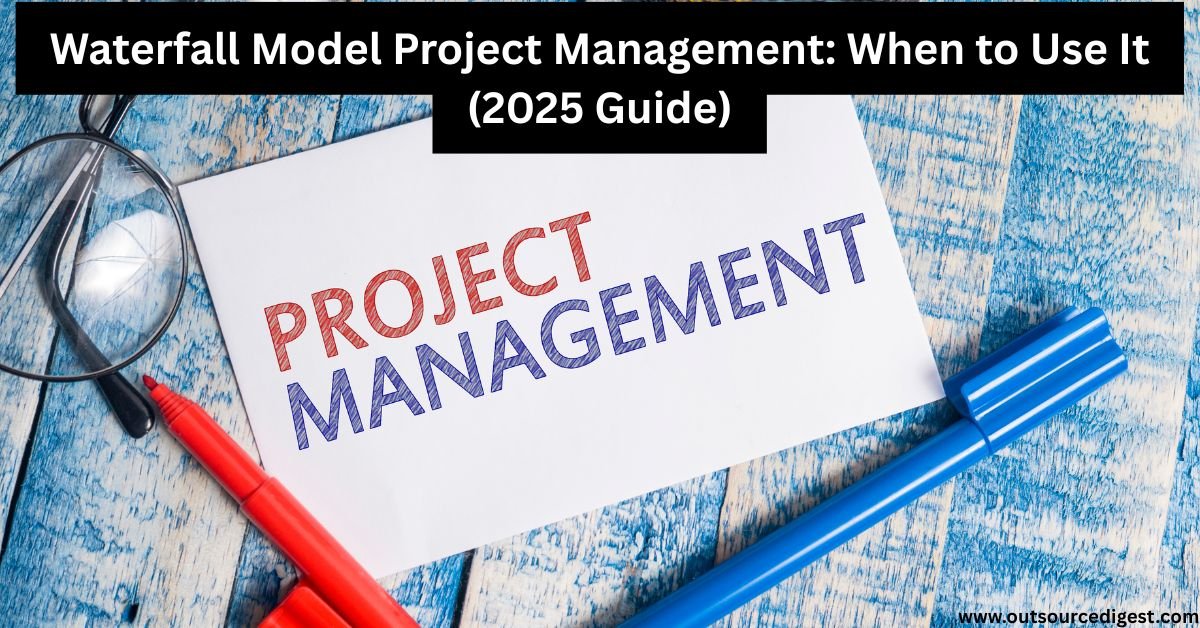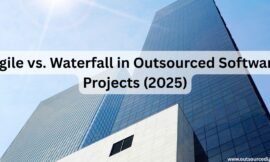Choosing the right project management model is critical. While Agile dominates many modern workflows, the waterfall model project management approach remains a strong contender in specific use cases. Understanding when and how to use it can mean the difference between project success and costly delays.
This guide walks you through when the waterfall model project management methodology works best, when it doesn’t, and how to evaluate its fit for your team in 2025.
What Is the Waterfall Model in Project Management?
The waterfall model follows a linear, sequential process where each phase must be completed before the next begins. It’s ideal for teams that need structure, predictability, and clearly defined goals. Traditionally used in software development, it also applies to construction, manufacturing, and government projects where changes are costly or risky.
When to Use the Waterfall Model Project Management Approach
Not every project benefits from an iterative or flexible method. In some situations, the waterfall model provides unmatched clarity and control. Here are the top scenarios where it’s the best choice:
- Requirements Are Clear and Fixed
If your stakeholders have well-documented, stable requirements that are unlikely to change, waterfall model project management ensures that those needs are met in a structured way.
- The Timeline and Budget Are Strict
Projects with tight deadlines and fixed budgets benefit from Waterfall’s predictability. Each stage has predefined deliverables and costs, minimizing the risk of scope creep.
- Regulatory or Compliance Constraints
In industries like healthcare, defense, or finance, regulatory bodies require extensive documentation and a formal process, making the waterfall model project management framework a natural fit.
- Teams Prefer a Top-Down Structure
For large organizations or outsourced development teams that thrive on hierarchy and centralized control, Waterfall’s clear direction improves accountability.
When NOT to Use the Waterfall Model
Despite its advantages, the Waterfall model isn’t for every situation. You should consider avoiding it when:
- Requirements Are Likely to Change
If you’re building a product with evolving customer feedback or market-driven changes, Waterfall may lead to costly rework.
- You Need Fast Prototyping or Iterations
Startups or innovation teams that rely on rapid experimentation may find Waterfall too rigid.
- Collaboration and Flexibility Are Critical
Waterfall’s sequential process can slow communication between departments and limit adaptability, especially in cross-functional teams.
Real-Life Examples of Waterfall Model Project Management
Here are industries and project types where the waterfall method still excels:
- Government IT Projects: Due to strict RFPs and legal contracts
- Construction & Engineering: Safety and planning must be finalized in advance
- Financial Systems: High need for documentation, auditing, and security
- Embedded Systems: Hardware-software integration with long development cycles
How to Evaluate If Waterfall Fits Your Team
Ask yourself:
- Are the goals, scope, and budget fully defined upfront?
- Will changes be minimal during development?
- Do stakeholders expect detailed planning and documentation?
If you answered yes to most, the waterfall model methodology could be ideal for your organization in 2025.
Conclusion
While Agile may be trending, the waterfall model project management approach continues to prove its value where structure, control, and predictability are required. By understanding the right context for using Waterfall, you’ll be able to deliver reliable results, especially in projects that can’t afford surprises.
For a complete breakdown of the model, check out our main guide: Waterfall Model in Software Development (2025 Guide)







